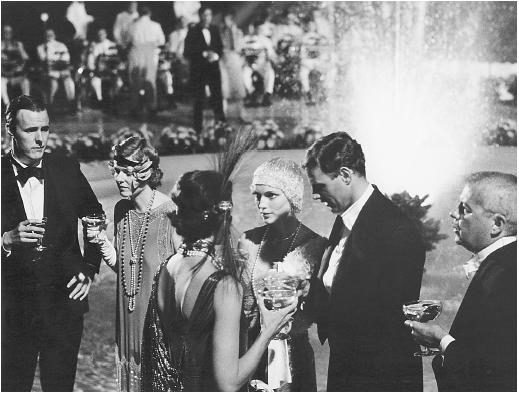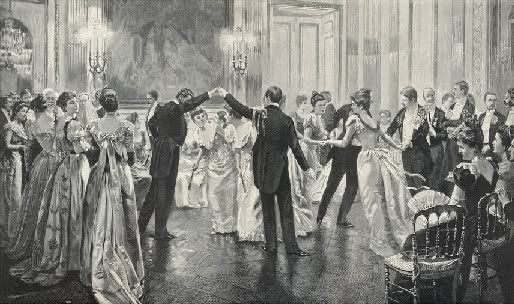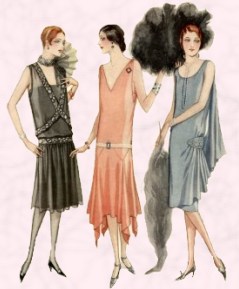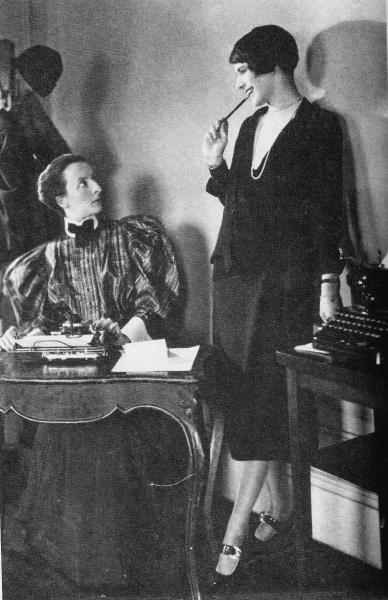
F. Scott Fitzgerald's Great Gatsby is no stranger to unrequited love. Perhaps it is because the author himself drew it out of his own experiences. But he also pulls on a seemingly knowing nostalgic love, which is evident between Gatsby and Daisy.

It is noted in the Novel that Gatsby throws his parties in hopes of attracting Daisy's attention. Like Fitzgerald and Zelda, Daisy seemingly refused Gatsby for his lack of money, prior to the start of the book. Gatsby's almost criminal job was partly to make enough to win Daisy's heart. When Gatsby left for the war, Daisy made a promise to wait for him, however her need to be loved overcame her and she married a wealthy Tom Buchanan.
On the other hand, towards the end Tom has seemingly sworn off seeing Myrtle Wilson, leaving behind a haggard woman who still harbors feelings for him. Sadly for her, she was merely an object to Tom. Myrtle's husband, George, is devastated by the affair and wants to leave the Valley of Ashes and move far away from the object of Myrtle's affection. "George is comparable to Gatsby in that both are dreamers and both are ruined by their unrequited love for women who love Tom." (http://www.sparknotes.com/lit/gatsby/characters.html)

Sources:
The Great Gatsby by F. Scott Fitzgerald
http://www.sparknotes.com/lit/gatsby/characters.html







































 In the same year as the coming out of his first novel he married Zelda Sayre. This notorious couple spent there time in New York, Paris,Rome, and the Riviera. They then became part of the expatriate circle of Americans. Then in 1925 he published The Great Gatsby which is to be know as his crowning achievement.
In the same year as the coming out of his first novel he married Zelda Sayre. This notorious couple spent there time in New York, Paris,Rome, and the Riviera. They then became part of the expatriate circle of Americans. Then in 1925 he published The Great Gatsby which is to be know as his crowning achievement.  Then in 1930 his wife Zelda had to become institutionalized because of a nervous breakdown. His wife's illness as well as his drinking problems, gave Fitzgerald dificulty when he was writing Tender is the Night, which was published in 1943. Though it did help because he was able to drawn upon his own and his wifes expirences. Fitzgerald relied more on his short stories to accomodate his high style of living. At the Age of 44 he died because of a heart attack while working on an unfinished novel, The Last Tycoon. Fizgerald is nown to be one of the most improtant writers of the first half of the the twenieth century.
Then in 1930 his wife Zelda had to become institutionalized because of a nervous breakdown. His wife's illness as well as his drinking problems, gave Fitzgerald dificulty when he was writing Tender is the Night, which was published in 1943. Though it did help because he was able to drawn upon his own and his wifes expirences. Fitzgerald relied more on his short stories to accomodate his high style of living. At the Age of 44 he died because of a heart attack while working on an unfinished novel, The Last Tycoon. Fizgerald is nown to be one of the most improtant writers of the first half of the the twenieth century.

